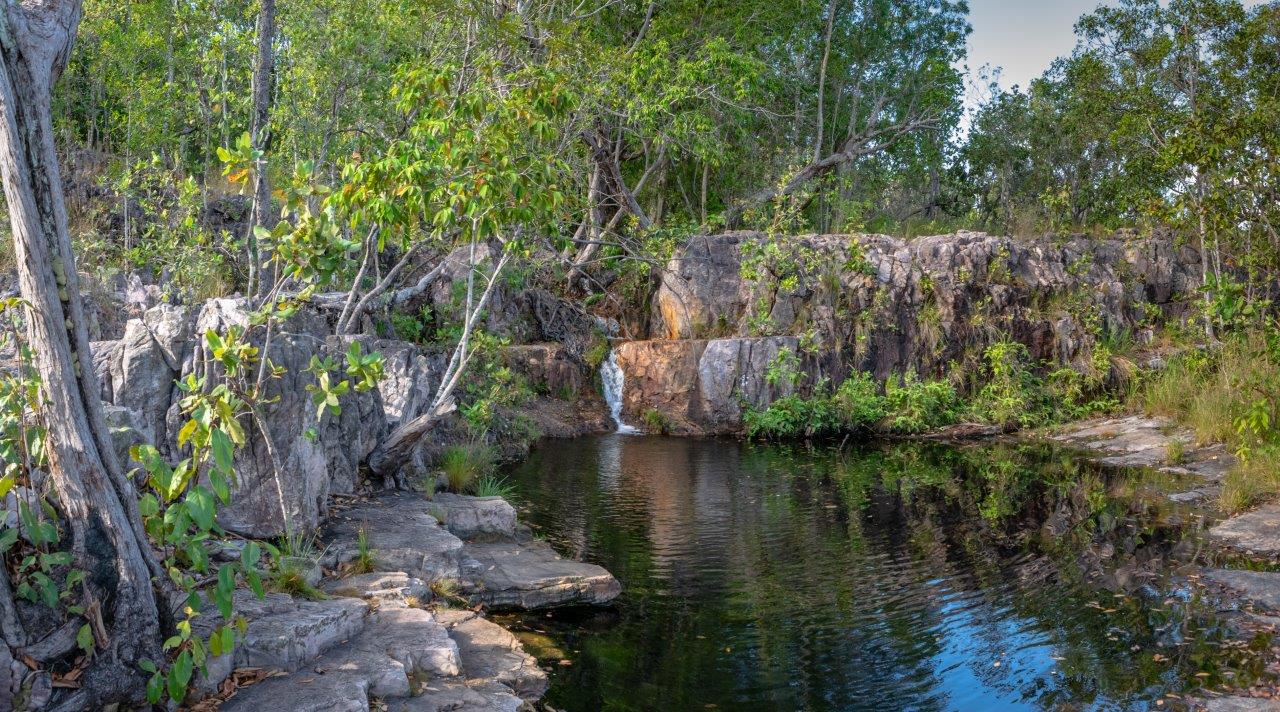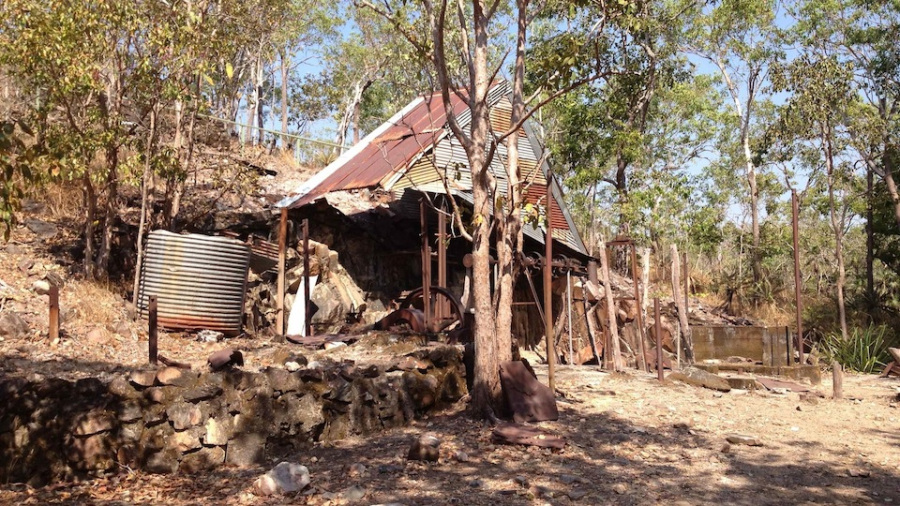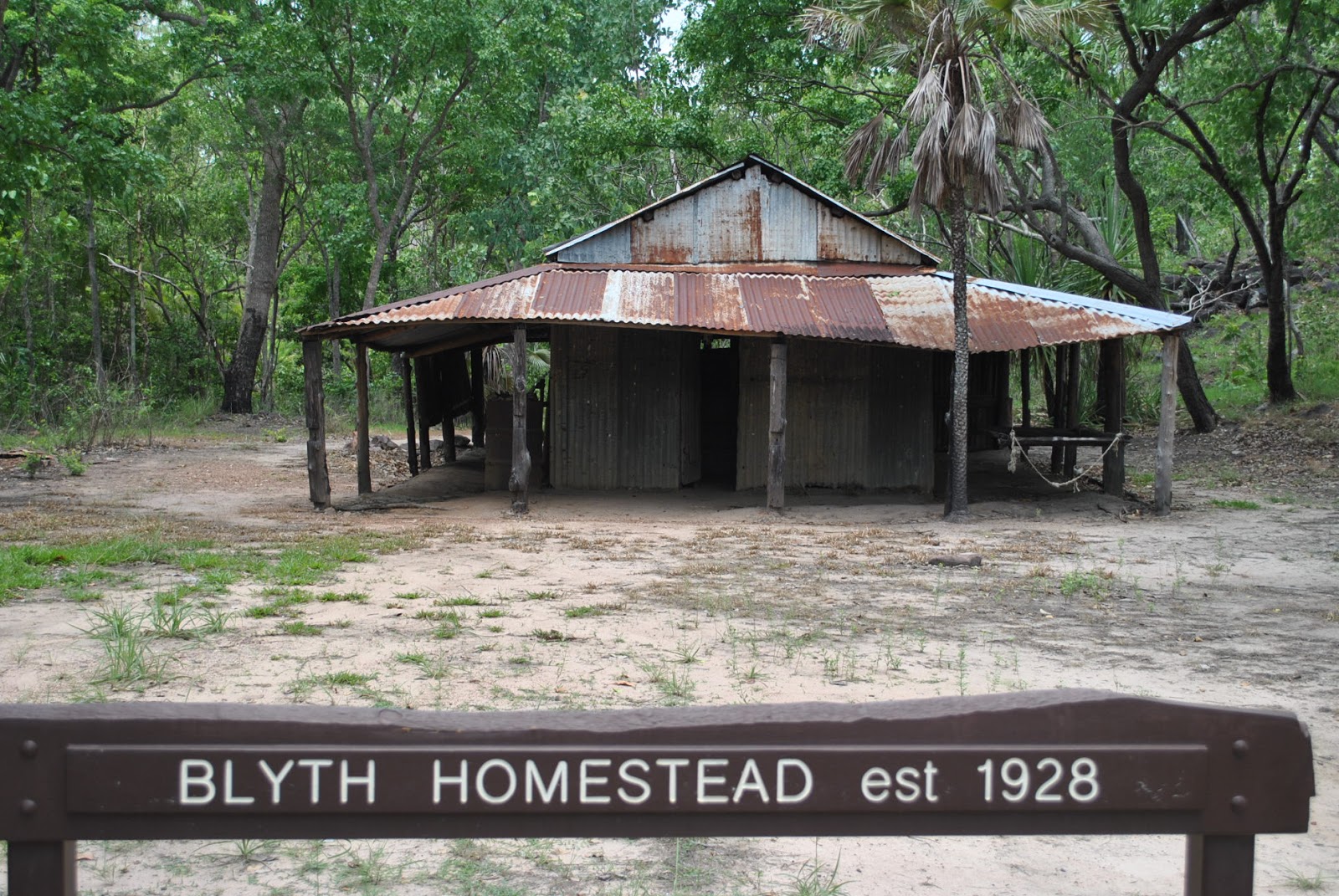Exploring Litchfield National Park’s historical sites
Posted on 16 September, 2020 in Litchfield, Top End LocationsA historical tour of Litchfield National Park will show you this region of the Northern Territory is so much more than just swimming under stunning waterfalls, ruggedly beautiful Australian landscapes, and second-to-none outback adventures (although these are certainly some of the park’s best highlights!). From sites of Aboriginal significance to the tough pioneering days, Litchfield National Park is steeped in a rich history that proves you don’t have to go far from Darwin to take a step back in time. Read on to hear about the history of this Top End gem.
Blyth Homestead
These days, the refurbished Blyth Homestead and the surrounding ruins of the tin mine it serviced pay homage to the trials and tragedies of pioneer life in the Top End. Built in the 1920s by the tin-mining Sargent family and abandoned in the 1960s, the homestead is now home to interpretive displays that tell the tales of the enormous hardships faced by pioneers making a go of it in the Australian outback.
Greenant Creek Walk
Taking the moderate return GreenantCreek Walk shaded by monsoon forest from the Greenant Creek Bridge to the Tjaetaba Falls plunge pool is a great way to combine adventure, history and Aboriginal culture in Litchfield National Park. This 2.7-kilometre walk follows Greenant Creek upstream and will take roughly an hour and a half to complete. Palms and figs soar overhead before the track opens up as you climb an incline of the Tabletop Range to reach a lookout where you can take in the majesty of Tjaetaba Falls. Visitors are asked not to swim in the area downstream of the falls as this is a sacred site for the local Aboriginal peoples.

Bamboo Creek Tin Mine
Like the sorry story told at Blyth Homestead, Bamboo Creek Tin Mine now bears the scars of the hardships faced at this former small-scale extraction site. Discovered in the early 1900s and abandoned in the 1950s due to the tough conditions faced by early pioneers, including the Litchfield region’s Aboriginal people, Bamboo Creek Tin Mine sits on a site of Aboriginal cultural significance. Today, visitors can walk among the remnants of the mine’s buildings and view extraction, transportation and processing equipment that was discarded when miners followed their aspirations to make it rich elsewhere.

If you’re keen to find out more about the rich Aboriginal culture and pioneering history of the Litchfield National Park region on a guided tour, contact us or book a charter tour today.
© 2014 Venture North | ABN: 34 142 533 113 | Privacy Policy | Terms & Conditions
Darwin Web Design by Dash Media



